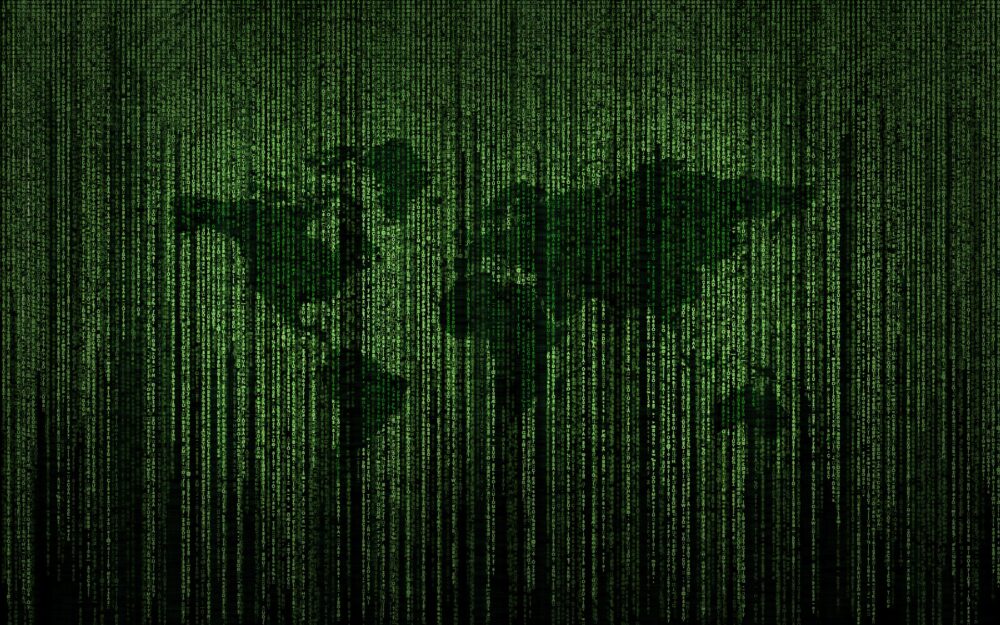“I’m the creeper; catch me if you can!” This simple — albeit slightly disturbing — message was the only output of what is considered to be the world’s first computer virus. Created by Bob Thomas at BBN Technologies in 1971, the “Creeper” program was an experiment to test if it was possible for a computer program to self-replicate and move across computers. Since it didn’t cause any damage to data, Creeper wasn’t considered malicious software. The “Reaper” program was even created soon after to delete it. However, the true disastrous nature of computer viruses was yet to be discovered.
“I’m the creeper; catch me if you can!”
“Andy; I’m just doing my job, nothing personal, sorry.” What seemed like an odd spam email in 2004 turned out to be the worst computer virus outbreak in history: MyDoom. Technically considered a “worm,” which is a malicious computer virus that can self-replicate and propagate independently once it breaches a system, MyDoom spread by taking email addresses from infected computers and sending copies of itself to those addresses. It would then expose these computers to DoS (denial of service) attacks, designed to shut down a target website or server. Known as the fastest-spreading email worm ever, MyDoom caused estimated damage of $38 billion in 2004 which, adjusting for inflation, equates to approximately $52 billion today. The creator of MyDoom remains uncaught to this day.
Since its conception in the 1970s, the landscape of computer viruses has varied from small, harmless programs like Creeper to catastrophic worms like MyDoom. The reasons for creating computer viruses are likewise diverse. Some, like Robert Tappan Morris, a Cornell graduate student who created the Morris worm in 1988, create them simply because they want to know if they can. Others, known as cybercriminals, do it for money. They resort to any means possible — spyware, ransomware, Trojans (similar to clickbait articles) — to steal personal and financial information from a target company or individual. A cybercrime is committed approximately every 30 seconds worldwide, according to a study by the Clark School, with the biggest targets being small organizations at a rate of one malicious email out of every 323.
Besides their shared penchant for destruction, computer viruses are named after biological viruses because they have similar mechanisms. In biology, a virus has no way to replicate by itself. It injects its DNA into a host cell and uses the cell’s natural machinery to reproduce. With some viruses, the host cell fills up with viral particles until it bursts, causing the virus to spread to other cells. With other viruses, the host cell stays alive while viral particles “bud” off and spread. So like biological viruses, computer viruses require a host, such as a program or an email, to launch and infect other computers.
Many companies have come up with ways to combat harmful computer viruses that are similar to how the body might defend itself from biological viruses. Using the concept of innate immunity, antivirus software works by scanning incoming files that pass through a network and running them against an extensive database of known malware. The software then detects, flags, and removes any potential viruses before they can cause damage to the computer. With an extreme outbreak like MyDoom, companies might resort to shutting all their computers down so the virus can no longer spread, similar to human quarantines and lockdowns.
Besides their shared penchant for destruction, computer virsuses are named after biological viruses because they have similar mechanisms.
Given these biological parallels, would it be possible to create a computer virus “vaccine” based on adaptive immunity? Short answer: kind of. Theoretically, it might be possible to create a relatively benign line of code to “prime” the computer and teach it how to respond to foreign “antigens” in case of future exposures. While circulating on the Internet, they could block common entry points for viruses or even repair any viral damage automatically. However, these vaccines still come with potential drawbacks: even a good virus program would use up valuable disk space, memory, and CPU time which would slow data transmission, and malicious viruses can be disguised as beneficial ones to evade detection.
As with any viral pandemic, we must take the necessary precautions to keep ourselves safe. Install antivirus software, watch out for email phishing scams, and tell your friends and family about smart internet practices. Look out for any signs of infection on your computer: repeated error messages, battery drains too quickly, unexpected shutdowns, etc. In an age where the word “virus” is now a household name, educating yourself and knowing the facts is the best way to stay safe.
Emerging Infectious Diseases (2002). DOI: 10.3201/eid0803.010286






